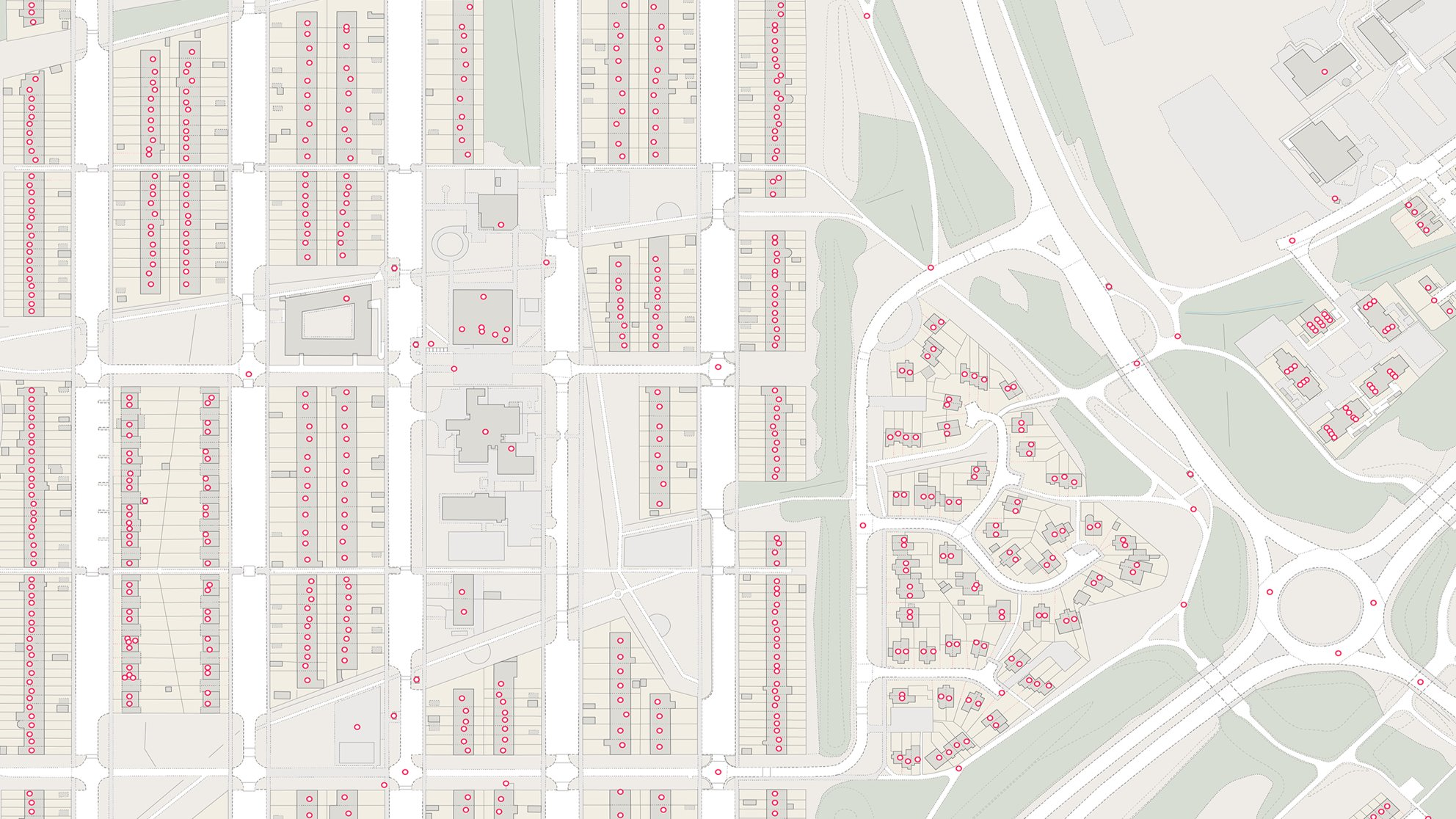Out with the old, in with the UPRN
Why Unique Property Reference Numbers carry greater detail than postcodes.
In 1959, with a much higher quantity of mail in circulation, the first postcodes were introduced on a trial basis in Norwich. Postcodes are still widely relied on today. However, there is room for a new level of information. Here Tony Mabey, Head of Sales at OS, explores whether the UPRN is an adequate replacement.

A unique property reference number (UPRN) serves as a unique identifier for an addressable location, whether that’s a building, bus stop or post box — think of it as a national insurance number or car registration plate for a location.
The value of the UPRN is becoming widely accepted but the challenge is knowing how to use them and integrate them into multiple systems and datasets – this is what is holding customers back.
A UPRN can be up to twelve digits, applying a common standard that makes it possible to collate, share and connect data from various sources. They also help overcome some of the challenges that exist with postcodes, such as them being attributed to inconsistently sized geographic locations, and that they can change or be terminated. Postcodes also have limitations with multi-unit properties, such as apartments, as multiple homes will have pretty much the same address. Since address records vary in quality, it’s not uncommon for apartment numbers to be missed, causing inconsistency and confusion between data systems.
Finally, postcodes can only be attributed to buildings. However, it is helpful for local councils, contractors and suppliers to be able to locate various different assets, whether that’s to carry out ongoing maintenance or when building new infrastructure.
Despite postcodes being the widely accepted form of addressing, UPRNs aren’t new. The NHS has patient records linked to UPRNs, local authorities are using them and utilities companies rely on them for planning and when managing customer records.

In telecoms, the introduction of One Touch Switching highlights the need for widespread use of UPRNs. From April 2023, customers that would like to switch network provider only need to contact their new provider, who is now responsible for contacting the incumbent supplier and arranging the switch. As you can imagine, it’s particularly important that address records across suppliers and consistent and reliable to ensure that this transition runs smoothly.
For gas and electricity suppliers in the UK, this is already the process. However, a recent Which survey found that the most common switching problem reported by consumers was poor or confusing communication from the old supplier. Effective address management can definitely help counteract this, and using a dataset based on UPRNs is a great place to start.
Because a UPRN is a combination of various data sets, it’s an enabler for utilities companies. It’s a key component within OS AddressBase, meaning that it is linked to local authority information, mail data and more. When facing challenges like managing their own assets, or customer information, being able to attach a UPRN provides utilities companies with a consistent source of information.
Take the water industry as an example. Within one water company, you might have several teams with different responsibilities. There will be a new build team, responsible for new homes and construction. You’ll then have a customer accounts team, responsible for their customer service. Often, they will also use contractors to manage new builds and construction, so having one reference number to describe a location is extremely useful.
Also, because a UPRN can be attributed to any addressable location, and is unique to each individual dwelling, they can be helpful from a maintenance and planning perspective. Postcodes represent areas of varying size, so it can be difficult for a utilities company to understand the impact of local maintenance on users from a postcode alone. For example, if they need to carry out repairs to a particular pipe or system, it’s hard for them to see at a glance how many homes might have their water supply affected. In comparison, with a UPRN, they can easily see how many homes they will impact and can plan accordingly.
While it’s unlikely that postcodes will ever be completely phased out, across the UK the changing needs of consumers is building a strong case for UPRNs. Many technologies can be used to share the UPRN, including spreadsheets, databases, schemas and linked data. Groups already using the UPRN include local and central government bodies, the emergency services, insurance providers, and utility companies. This means immense savings are possible – in money, time, resources, and lives.
Tell us how we can help
Get in touch today
Talk to our experts so we can help you unlock the power of location data and analytics.

Head of Sales